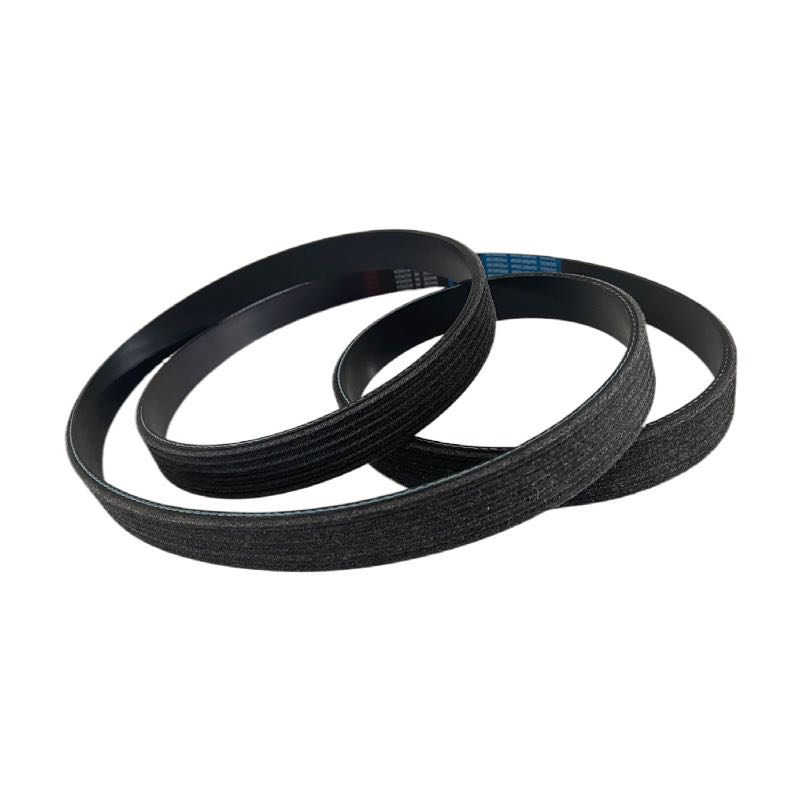- Arabic
- French
- Russian
- Spanish
- Portuguese
- Turkish
- Armenian
- English
- Albanian
- Amharic
- Azerbaijani
- Basque
- Belarusian
- Bengali
- Bosnian
- Bulgarian
- Catalan
- Cebuano
- Corsican
- Croatian
- Czech
- Danish
- Dutch
- Afrikaans
- Esperanto
- Estonian
- Finnish
- Frisian
- Galician
- Georgian
- German
- Greek
- Gujarati
- Haitian Creole
- hausa
- hawaiian
- Hebrew
- Hindi
- Miao
- Hungarian
- Icelandic
- igbo
- Indonesian
- irish
- Italian
- Japanese
- Javanese
- Kannada
- kazakh
- Khmer
- Rwandese
- Korean
- Kurdish
- Kyrgyz
- Lao
- Latin
- Latvian
- Lithuanian
- Luxembourgish
- Macedonian
- Malgashi
- Malay
- Malayalam
- Maltese
- Maori
- Marathi
- Mongolian
- Myanmar
- Nepali
- Norwegian
- Norwegian
- Occitan
- Pashto
- Persian
- Polish
- Punjabi
- Romanian
- Samoan
- Scottish Gaelic
- Serbian
- Sesotho
- Shona
- Sindhi
- Sinhala
- Slovak
- Slovenian
- Somali
- Sundanese
- Swahili
- Swedish
- Tagalog
- Tajik
- Tamil
- Tatar
- Telugu
- Thai
- Turkmen
- Ukrainian
- Urdu
- Uighur
- Uzbek
- Vietnamese
- Welsh
- Bantu
- Yiddish
- Yoruba
- Zulu
Dec . 04, 2024 08:50 Back to list
Choosing the Right Polyurethane Belting for Your Industrial Needs
Understanding Poly Belting An Essential Component in Various Industries
Poly belting is increasingly becoming a staple in various industrial applications due to its versatility, durability, and cost-effectiveness. This synthetic material, made primarily from polymer-based compounds, has transformed the way industries approach conveying, transporting, and securing products. Its invention and evolution over the years have played a vital role in enhancing operational efficiencies across sectors such as manufacturing, agriculture, and logistics.
What is Poly Belting?
Poly belting, also known as synthetic belting or plastic belting, is crafted from materials such as polyurethane, PVC (polyvinyl chloride), and polyethylene. These materials are chosen for their superior strength, resistance to wear and tear, and flexibility. The manufacturing process involves a combination of extrusion and molding, which enables the production of belts in various thicknesses, widths, and configurations. This customization is one of the key features that make poly belting so widely applicable.
Applications of Poly Belting
1. Manufacturing and Assembly Lines In the manufacturing sector, poly belts are crucial for conveyor systems. They help in transporting goods through assemblies, from raw materials to finished products. Their smooth surface minimizes friction, thereby increasing speed and efficiency.
2. Agricultural Use Farmers utilize poly belting in various machinery, including seeders and harvesters. The belts can handle heavy loads and are resistant to moisture and chemicals, making them ideal for outdoor conditions. This durability ensures continuous operation without frequent replacements, which can be a significant cost saver.
3. Logistics and Warehousing In warehouses, poly belting is essential for sorting and transporting packages. Automated systems that use these belts help streamline operations, making them more efficient and reducing labor costs. Moreover, these belts can be easily cleaned, maintaining hygiene standards crucial for many businesses.
4. Food Processing Food industry operations require strict adherence to hygiene standards. Poly belting that is FDA-approved is specifically designed to meet safety regulations, allowing for safe transportation of food products. Their resistance to staining and ease of cleaning make them the preferred choice in food processing facilities.
Advantages of Poly Belting
poly belting

The popularity of poly belting can be attributed to its multiple advantages
- Durability Poly belts can withstand heavy loads and harsh environmental conditions, which translate to longer operational life compared to traditional belting materials such as rubber.
- Thermal Resistance Many poly belting types exhibit excellent thermal stability, making them suitable for applications involving heat or cold extremes.
- Chemical Resistance These belts resist a wide range of chemicals, including oils and solvents, which is particularly important in settings where exposure to such substances is common.
- Reduced Maintenance The maintenance required for poly belting systems is minimal. This aspect not only saves costs but also reduces downtime in production environments.
- Environmentally Friendly Many poly belting products are now made with recyclable materials, contributing to sustainability efforts within various industries.
Challenges and Considerations
While poly belting offers numerous advantages, it is essential to consider certain challenges. The initial investment in high-quality poly belts can be higher than traditional rubber belts; however, the total cost of ownership typically justifies the investment due to durability and lower replacement frequency. Additionally, selecting the right type of poly belting is crucial for specific applications, as not all belts are suited for every environment.
Conclusion
Poly belting has revolutionized conveying systems across numerous industries, providing effective solutions that cater to modern operational needs. Its range of applications, coupled with its many advantages, makes it a critical component in enhancing productivity and efficiency. As industries continue to innovate and expand, poly belting will undoubtedly remain an indispensable resource in the toolkit of modern manufacturing and logistics operations. Understanding its properties and suitable applications can further drive the advancement of processes across various sectors, paving the way for increased growth and sustainability in the years to come.
-
Upgrade Power Steering Pump Belt for Smooth, Quiet Operation
NewsAug.27,2025
-
Precision Timing Belt & Chain: Engine Performance & Durability
NewsAug.26,2025
-
Precision Lathe Drive Belts: Durable & Reliable Performance
NewsAug.25,2025
-
84.5 Serpentine Belt: Durable & Precision Fit for Your Engine
NewsAug.24,2025
-
Premium Ribbed Drive Belts for Quiet Power Transmission
NewsAug.23,2025
-
High-Performance Vehicle Timing Belt for Engine Precision
NewsAug.22,2025

